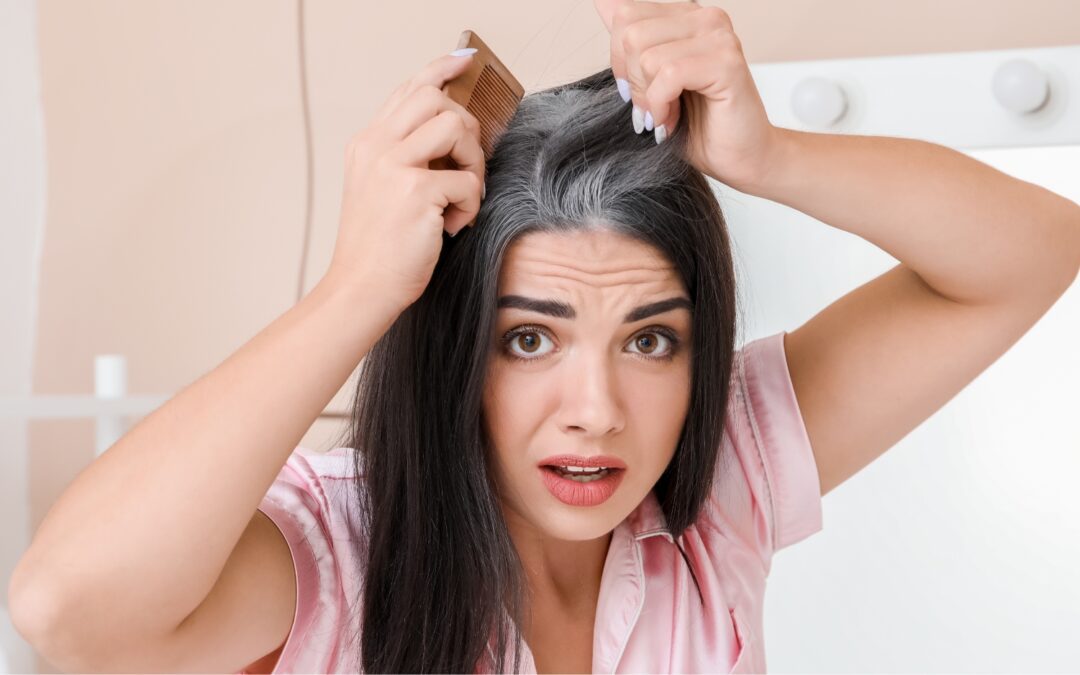Hair colors and their style have a staple beauty of a person to follow latest fashion trend which practices since long back ago. It is a major contribution to the first look at the completeness of your makeup. Most celebrities’ women and man even common people also frequently use hair color dyes to become young, smart, and beautiful personalities inherent in their lifestyle, therefore hair color products exponentially increasing throughout the world, at present globally 7-billion-dollar business claim by natural and chemical hair colorant dye, but one-million-dollar question arise that is how much impact on consumer health. Natural hair dyes are still no side effects reported elsewhere while other chemical hair color dyes are under a great question mark on their harmful effects. Our focus is to make available awareness to consumer and cosmetic industries through this social writing depicted.
Hair color dye is externally applied to the hair with a natural or synthetic chemical material to produce the desired color and sparkling hairs. The artificial chemical hair dye is mainly divided into two types Oxidative (permanent) and non-oxidative (unstable) USFDA, 2014. Permanent hair dye is chemically comprised of primary intermediates and couplers; primary intermediates as p-phenylenediamines (PPD) and p-aminophenols whereas couplers are comprised of m-aminophenols and m-hydroxyphenols in the aura of peroxide (USFDA, 2014) and it is shampoo resistant hair dyes. While temporary hair dyes are chemically non-oxidative, they get stain directly on hair and it is easily removed during the first shampoo washing. Temporary hair dyes comprise chemicals such as nitro aromatic amines or aromatic amino nitroanthroquinone dyes which is binding loosely to the hair surface. On the other side, natural hair dyes are derived from plant-based color products which have been used since ancient times of civilization, Egyptians used henna for hiding greys hair. There are several plant-based natural hair colors obtained from Henna (Lawsonia inermis), Katam Buxus Dioica, Cassia obovate, Indigo dye, Senna, Turmeric, Amla, Black Walnut hulls etc. All of these pure natural hair colors are blessed with free from any side effects even some natural hair colors promote rejuvenates hair follicles and make it eye-catching healthy hair which has been used since ancient times and so it is already got self-validation status in household culture.
Now these days, consumers take more interest in natural hair color. On the other hand, Chemical origin hair dye left its toxic effects behind the luxurious beauty of hair which most consumers are ignorant of its harmful effects and consequently have to pay in the form of cancer, allergy, bronchial asthma, sensitization dermatitis etc. Paraphenylenediamine (PPD) is the main component of permanent hair dye which cause allergen, and dermatitis to hair color aspirant. PPD is the contact Allergen declared by the American Contact Dermatitis Society (ACDS) in the year of 2006 (DeLeo,2006). Another study reported that PPD containing hair dye is responsible for hypersensitivity in mice. Several other ammonia-containing chemical compounds such as Para-aminophenol, 4,5-Diaminopyrazole, Resorcinol, Meta-phenylenediamine cause serious health hazard as methemoglobinemia leading to cyanosis and hypoxia, eye damage, Asthma, dermatitis, headache and even sleep disorder (K H Kim et al., 2016), thus it is well approved most of the chemical-based hair dye no longer reliable to consumers and causes another health hazard too. Therefore, natural hair color getting more popular and widely used by consumers.
The name of natural herbal hair dye also doing misleading to the consumer, it is adulterated with various chemicals such as Paraphenylenediamine (PPD), Para-aminophenol, 4,5-Diaminopyrazole, Resorcinol, Meta-phenylenediamine. Therefore, need pure herbal laboratory testing certified of natural hair color dye products which consumers can easily identify and assure from forgery or adulterant herbal hair dye in the market.
At present, Cultivator Phyto Lab is a state-of-the-art laboratory specialized in natural and chemical hair dye testing facilities to assure the highest product quality with complying with the norms of national and international regulatory bodies which help you grow as a brand ambassador of your product in the arena of personal cosmetic care industries.
Author :- Sajid Hussain & Dr. Sanjoy Gupta (Cultivator Phyto Lab)
References:
- US Food and Drug Administration, 2014. Cosmetics safety Q&A: hair dyes. Accessed at www.fda.gov/cosmetics/resourcesforyou/consumers/ucm167436.htm.
- DeL eo, V.A., 2006. Contact allergen of the year: p-phenylenediamine. Dermatitis 17 (2), 53–55
- Kim, K.-H.; Kabir, E.; Jahan, S.A., 2016. The use of personal hair dye and its implications for human health. Environment International 89–90, 222–227.

